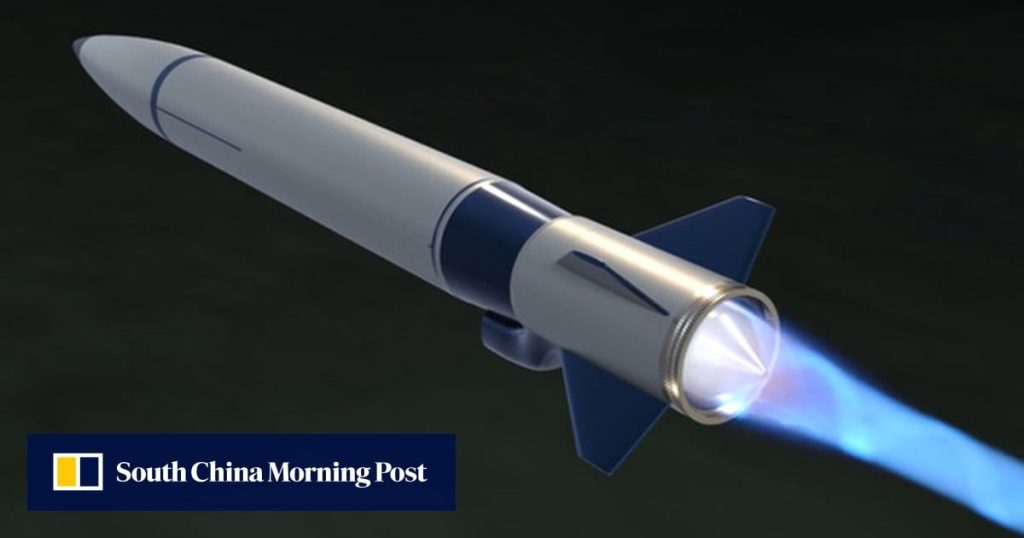The rotating detonation engine (RDE) programme, a collaboration between the RTX Technology Research Centre and Pratt & Whitney, has moved into the practical validation phase after a decade of designing and testing.
These trials, conducted at a lab in Connecticut, aimed to integrate the RDE engine into a ground test bed ahead of future flight tests with the goal of eventually incorporating the technology into weapon systems, according to an article on the Breaking Defence website.
What is an RDE?
The concept of a detonation engine was first proposed in the 1950s. It is only in the past decade, with accumulating research results, that it has captured the attention of academia and industry.
The basic difference from traditional air-breathing engines lies in the RDE’s combustion process, which uses detonation to achieve a highly efficient conversion of chemical energy into mechanical energy.
Fuel is injected into the RDE’s combustion chamber at a specific frequency where it mixes with air and is ignited. This creates a high-speed rotating detonation wave that cycles within the chamber, generating a sustained high-pressure shock wave.
Why is it so important?
By eliminating the need for complex mechanical components like compressor blades, the RDE requires far fewer parts, resulting in a more compact and lightweight structure. The combustion method is also more efficient and generates higher peak pressure.


